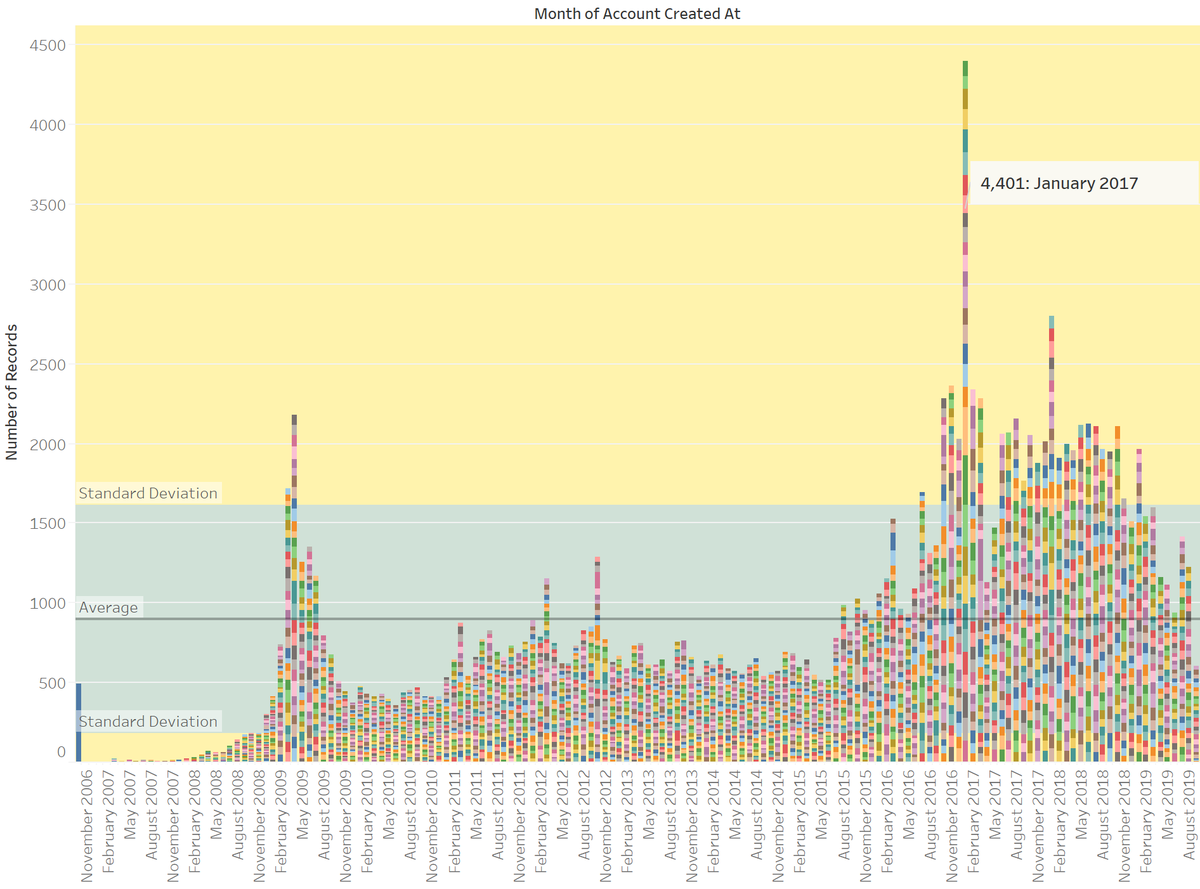Sally is 85. She enjoys doing the crossword puzzle in the paper, playing bridge, and spending time with her dog, Alphonso. 1/
Sally hasn’t been feeling well for about a week.
She thinks she might have eaten something bad. Her stomach is roiling, and she’s been having nausea. 2/
In fact, she has been gulping water almost constantly for the last 48 hours... 3/
Something strange is starting to happen. 4/
She feels like she’s floating inside her own body. 5/
Not painful, just ... disconnected.
Eventually she starts to become increasingly confused. 6/
Alphonso senses something wrong, and starts barking.
As she finally slumps over, minimally responsive, it is her dog’s continual barking that saves her life.
Neighbors come to check on her, and dial 911. 7/
Sodium.
Low sodium is one of the most commonly occurring electrolyte abnormalities in the human body. 8/
To understand low sodium (or “hyponatremia”), you have to understand how the human body handles water... 9/
Excess water relative to salt leads to a drop in salt concentration, sort of like dilution.
The problem here isn’t a lack of salt.
It’s too much water. 10/
You can pee a staggering amount of water in 24 hours.
Sometimes, however, the systems are interfered with by meds or illness, and the kidneys start holding on to water instead of excreting it. 11/
The normal serum sodium level is around about 140.
Sally’s is 109. 12/
At a level of 109, Sally is in critical danger.
The ER doctor orders 3% saline, or “hypertonic” saline. Nicknamed “hot salt,” this is extremely concentrated saltwater. 13/
Sally is already feeling better.
As she receives the 3% intravenously she feels like she is coming out of a fog. 14/
By the time I see her, Sally is able to smile and greet me.
She says she feels so much better.
But I’m worried. 15/
Sally is now in even graver danger than when she came in.
Sodium abnormalities can often be unpredictable. As dangerous as low sodium is, correcting the sodium level too fast can be just as bad if not worse. 16/
A form of brain damage, it means the patient can end up “locked in” to their body, paralyzed, unable to do anything but blink their eyes.
It is potentially irreversible. 17/
Everything has been managed correctly, by the book so far, but as I review the trajectory of Sally’s sodium, I realize that an overshoot is becoming inevitable. 18/
I give her a med called DDAVP to make her hold on to water and lower her urine output. Also I give her IV water to try and “re-dilute” her sodium level and put the brakes on this overcorrection. 19/
Every hour, I receive a phone call updating me on the sodium level. I titrate the IV water infusion rates as needed. 20/
The next morning when I come in to see her, Sally is working a crossword puzzle.
She smiles and greets me, not remembering me from the ER. She’s doing so much better, and is going to recover well. I’m so happy, and also deeply relieved. 21/
I picture a little dog in a leather jacket.
He looks ... salty.
I can’t help but laugh.
I have a full day ahead. Miles to go before I sleep.
We finish talking. I write a note in her chart, and move on.











